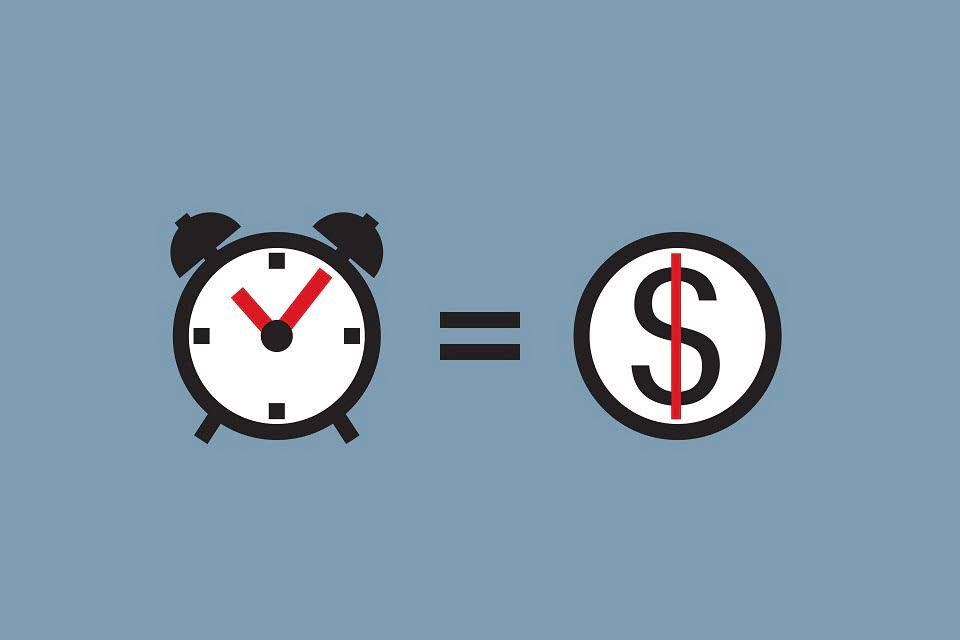
Another important aspect of cost accounting in vineyard operations is the use of standard costing. This involves setting benchmark costs for various activities and comparing actual costs against these standards. Variances between the two can highlight areas where the vineyard is overspending or where efficiencies can be improved. For instance, if the actual cost of harvesting grapes significantly exceeds the standard cost, it may indicate issues with labor productivity or equipment efficiency that need to be addressed.
Allocating costs correctly
Finally, in the area of overhead, wineries will need to exercise judgment and use appropriate estimates. Wineries may choose to utilize other industry contacts or a CPA with wine industry experience to discuss the best approach for the situation. An outside entity can offer an unbiased perspective on missed costs and alternative ways to allocate the identified costs.
Major Cost Categories
Through the process of capturing costs at the various stages of production and accurately tracking them in the accounting system, owners can gain valuable insight into how to improve their operational efficiency. The key to accurate billback accounting lies in deducting them directly from your gross sales before calculating COGS. Accounting for the potential cost of having to repay billbacks provides an accurate view of your winery’s income and overall financial health. By doing it this way, you avoid nasty surprises that could eat into your hard-earned profits. Consistent with best practices, when a wine is sold, the cost of having made that specific wine is recorded as COGS, concurrently with recording the revenue from the sale of that wine.

Section 179 Deduction
- Dreams of owning a winery can be appealing to many entrepreneurs, but what occurs between the fruit and the bottle is a conventional manufacturing process that involves business-specific accounting and taxation issues and unique business risks.
- This article provides an overview of some of the wine industry’s unique characteristics that create special accounting, tax, and business risk considerations.
- This article is part one of a three-part series on the cost of goods sold—a key metric that can help wineries understand their profit margins.
- Owners should decide who is responsible for evaluating costs and making purchasing decisions.
- By doing it this way, you avoid nasty surprises that could eat into your hard-earned profits.
In the second article we dive into steps for setting up a system and best practices to derive this metric, and in the final article we discuss specific COGS insights for wineries by case volume. Verification of the warehouse’s bond should be supplemented by an inspection of physical controls, such as fire suppression systems and burglary alarms. Although preventive controls are essential, detective controls can also be helpful accounting for vineyards and wineries for wineries storing wine in bonded warehouses.

Specific Identification is another method particularly suited for high-value, unique wines. This approach tracks the actual cost of each individual bottle or batch, providing precise inventory valuation. While labor-intensive, it offers unparalleled accuracy, making it https://www.bookstime.com/articles/accounting-for-photographers ideal for limited-edition or vintage wines where each item’s cost and potential selling price can vary significantly. Subsequent costs that are incurred but that do not directly lead to an increase in economic benefit, such as pruning, grubbing, and treating vines for mildew or mould are incurred as costs in the profit and loss account.

When calculating labor costs, it can be difficult to pin down the pay of executives and owners to any one specific department, let alone a single vintage. To account for these employees, portion out a slice of the revenue from each department that person regularly attends to. The costs of grapes, bulk wine, glass, and other dry goods must be assigned to separate wines and tracked by SKU. For example, consider a taxpayer (MFJ) with $1 million of income fixed assets that consists of W-2 wages, interest, and dividends for 2018. The same taxpayer also has a flow-through loss from their winery of $1 million for 2018 and has basis to deduct this loss in full. Under TCJA, active losses from pass-through businesses can offset other active business income plus a maximum of $500,000 if taxpayers are married filing jointly (MFJ) or $250,000 for all other taxpayers.
